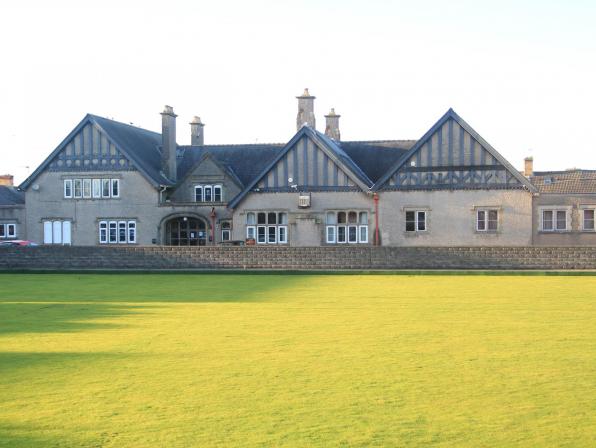Pontyclun Institute Athletic Club

The Institute comprises of a main building with bowling green and car parking behind. It can be found on Castan Road in Pontyclun.
It was built by Godfrey Clark in 1910 to help enrich the social and cultural lives of the residents of Pontyclun.
Godfrey Clark was the son of George Clark the Ironmaster who built Talygarn House. He was an industrialist, Justice of the Peace and High Sherriff of Glamorgan in 1897.
During the First World War the institute was used by the British Red Cross as a temporary hospital.
The hospital opened for care on 24 March 1915 and closed in February 1919 and treated around 660 injured servicemen. Inside the institute is a plaque, paid for by Mr Wyndham Damer Clarke (son of Godfrey) which commemorates this period.
There were 3 wards, offices and conveniences and plenty of outside space. The hospital was mainly worked by volunteers from the Pontyclun, Llantwit Ffardre and Llanharan Women’s Voluntary Aid detachment, though there were also some paid staff. In total over 70 people worked at some time in the Hospital.
On the wall of the Snooker room are photographs that publish part of the history of billiards and snooker at the Athletic. Right from the start provision was made for a billiard room and two billiard tables. Billiards were played for recreation and there does not appear to be a link to competing in the local billiard leagues.
Later snooker took over and membership of a snooker league. In the past professional players demonstrated their snooker skills at special events here.
By 1941 it had acquired a bowling green and tennis courts though by the late 1950’s the Institute had fallen on lean times and a decision was taken to rename it the Pontyclun Athletic Club, which would also cater for soccer, rugby and cricket.
By the 1960s Pontyclun RFC was based at the Institute and had a reputation for great hospitality there. Teams would often march from the institute to the pitches led by a band making it a great spectacle.
In the mid sixties the institute obtained permission to run as a club selling alcohol so as to raise more money for reinvestment into the upkeep of the building and grounds.
The tennis courts are now long gone having been converted to car parking
Information about its role as a WW1 hospital can be found here
For more information about the history of the community of Pontyclun please visit our online museum